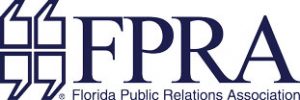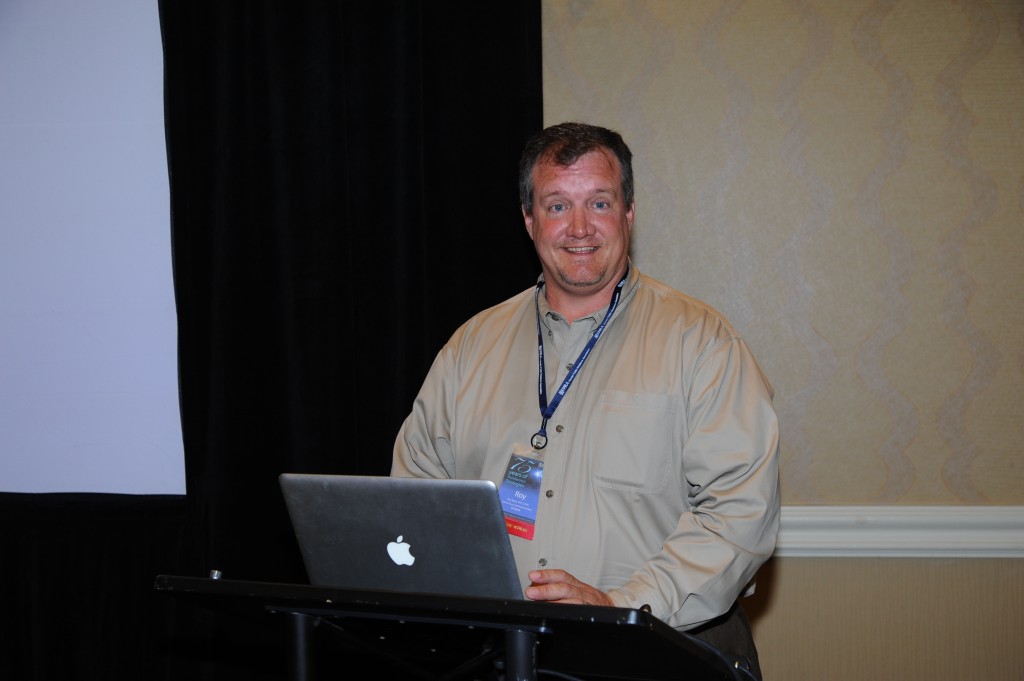FPRA 2013 Annual Conference: Breakout 1C, Integrated Marketing Communications (IMC), Roy Reid, APR, CPRC
By Stefanie Stricklin
Sometimes, your clients can make you feel like you’re living in an “AND?” Coke Zero commercial. You know, the one where the little kid is given a beautiful ice cream cone and his response is “AND?” He’s not satisfied until he has sprinkles and a cherry on top. Sound like your clients?
You: “Hello, Mr. Client, here is an in-depth feature we placed for you in today’s New York Times.”
Mr. Client: “AND?”
Or:
You: “Hello, Ms. Client, we secured 100 new followers on your Facebook page in the last hour.
Ms. Client: “AND?”
Ouch. Now more than ever, clients are hyper aware that marketing tactics are tied directly to their bottom line and they expect and demand that their dollars be stretched. Give your clients the cherry on top by utilizing an integrated marketing communications strategy (IMC) that allows you to deliver value-added results that leave no room for “AND?”
According to the Journal of Integrated Marketing Communications, IMC is defined as “a strategic marketing process specifically designed to ensure that all messaging and communications strategies are unified across all channels, transforming marketing from an expense into a profit-center.”
Sounds pretty good.
To educate FPRA members on how IMC is used in the real world, Roy Reid, APR, CPRC, a public relations strategist and media relations consultant at Consensus Communications in Orlando, shared a case study on a campaign his firm spearheaded on behalf of the National Mobility Equipment Dealers Association (NMEDA) in 2012 and 2013.
NMEDA is a non-profit trade association of mobility equipment manufacturers, dealers, driver rehabilitation specialists and other professionals dedicated to improving the lives of people with disabilities and assisting with driving independence using wheelchair accessible vehicles.
Despite the 600 NMEDA members in North America, Consensus Communications found the organization had almost no name recognition. According to the University of Pittsburgh School of Medicine and the University of Pittsburgh Medical Center, 2.8 million Americans used wheelchairs in 2012. That lack of name recognition was leaving a huge market, and need, unfulfilled and NMEDA was losing out on business.
To combat this issue, NMEDA tasked Consensus Communications and its partners with creating a company awareness campaign in the United States and Canada.
With a budget of approximately $100,000 for the campaign, Consensus Communications started by establishing May as National Mobility Awareness Month.
National media releases kicked off the campaign and leveraged three high profile spokespeople with disabilities, including Mike Savicki, a quadriplegic triathlete. Reid explained how the resulting earned media was turned into a social media “bonanza.” Coverage shared on social media led viewers to a microsite where they could watch and share videos of the spokespeople. The microsite also allowed Consensus Communications to gather valuable analytics for NMEDA.
The spokespeople, who were already heavy social media users, shared the NMEDA message with their robust groups of followers and participated in satellite media tours.
The campaign included a contest element where contestants could produce a two-minute video or write an essay for a chance to win a free wheelchair-accessible van.
Instead of working from scratch to develop compelling human-interest stories, Consensus Communications let the stories the contestants shared fuel their message and leveraged them as feature stories, media pitches and social media posts.
Each tactic seamlessly reinforced the other.
In an effort to capitalize on the NMEDA dealers’ local media connections and existing client relationships, Consensus Communications trained dealers in each target market to be their own spokespeople. Dealers were sent support and training materials and participated in webinar workshops to receive additional coaching. The dealers were also given collateral to display in their shop which served as discussion starters.
Consensus Communication’s IMC efforts resulted in more than 1,200 contest entries across North America. Four million people voted on the contest videos and nine million unique viewers visited the microsite. Through the microsite, NMEDA was able to develop an email database of more than 450,000 people interested in receiving more information on NMEDA.
Overall, unaided awareness of NMEDA went from less than 1 percent to 7 percent and aided awareness went from 6 percent to more than 37 percent in six months.
And with just a few tweaks in 2013, Consensus Communications was able to leverage all original marketing materials to promote this year’s campaign. Working hard is great, but working smart is better.

